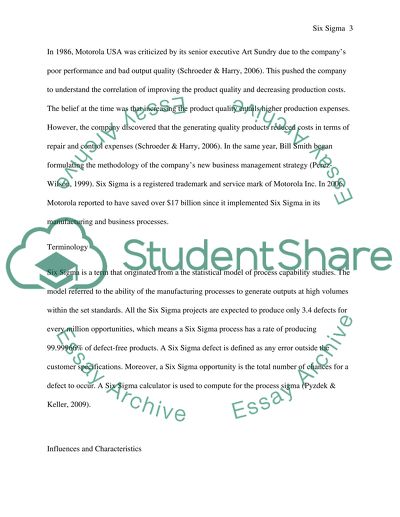Cite this document
(“Six sigma Essay Example | Topics and Well Written Essays - 2000 words”, n.d.)
Retrieved from https://studentshare.org/macro-microeconomics/1428947-six-sigma
Retrieved from https://studentshare.org/macro-microeconomics/1428947-six-sigma
(Six Sigma Essay Example | Topics and Well Written Essays - 2000 Words)
https://studentshare.org/macro-microeconomics/1428947-six-sigma.
https://studentshare.org/macro-microeconomics/1428947-six-sigma.
“Six Sigma Essay Example | Topics and Well Written Essays - 2000 Words”, n.d. https://studentshare.org/macro-microeconomics/1428947-six-sigma.


